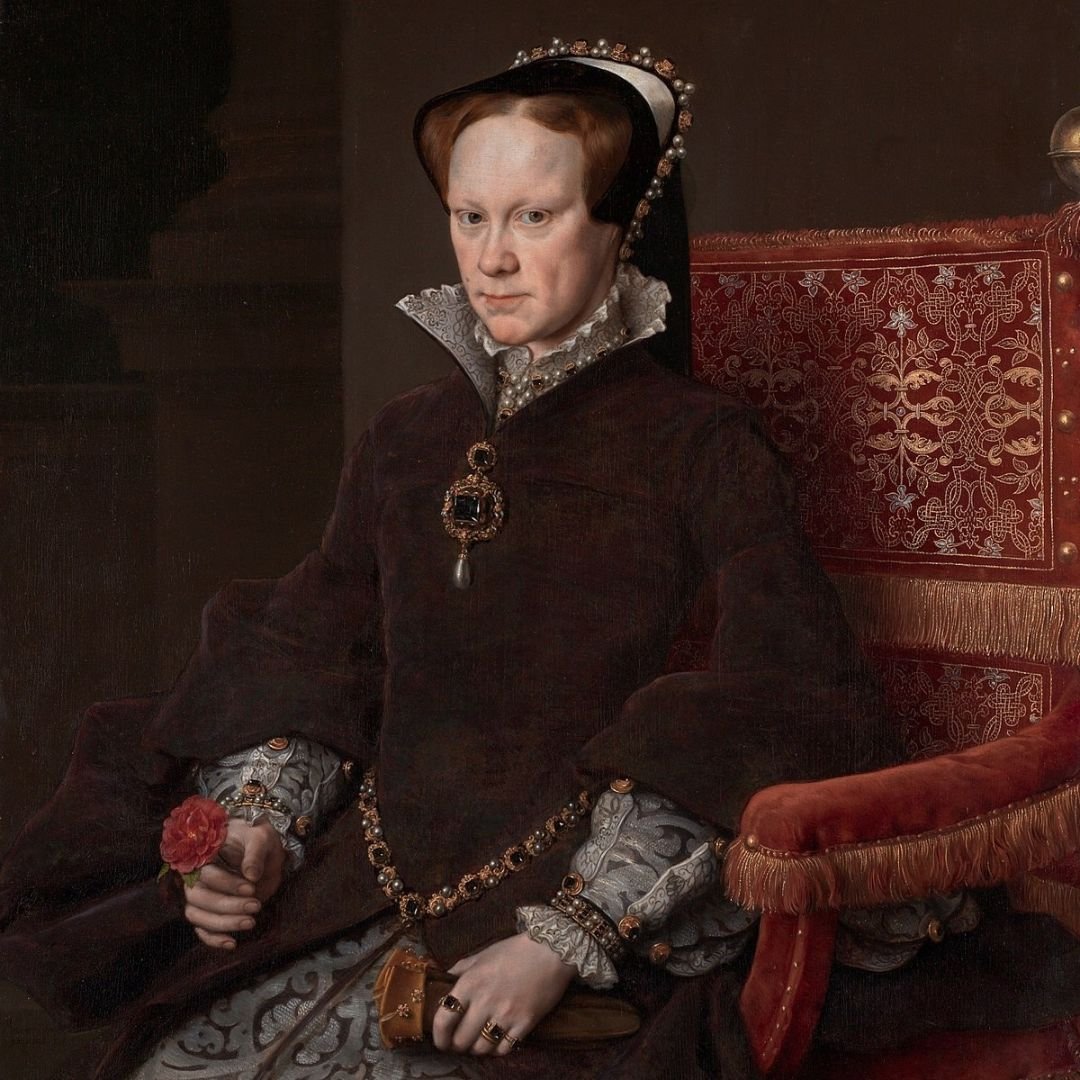Devizes Castle, Wiltshire: Owned By Generations Of Royals
The Grade 1 listed Devizes Castle in Wiltshire, once home to a succession of English kings, hit the market for £3.25m.
Photo: Savills
It was previously in royal ownership for 500 years and it was owned by generations of royals.
Famously, it was owned by Henry VIII, who gifted it to his wife Catherine of Aragon and then reclaimed it after their divorce.
It was also used as a prison by Henry II and Henry III.
The property recently went on the market with Savills, a national estate agent, for £3.25 million.
Photo: Savills
Devizes Castle took its name from the Medieval Latin castrum ad divisas, meaning ‘the castle at the boundaries’, because it stood at the central point of three Manors.
Many records state that the first castle was built on the site by Bishop Osmund of Salisbury in approximately 1080.
It was burnt down and re-built in stone during the reign of King Henry I.
From this point onwards, the Castle became a popular residence for the Monarchy and described as ‘the most gorgeous in Christendom’.
The Castle played a significant part in the history of this country, particularly during the wars between King Stephen and Empress Matilda in the 12th century.
Photo: Savills
Subsequently, a number of kings and notables stayed in the castle, including King John who often visited between 1204 and 1216 and later Henry III and Edward I.
Until the 17th century, it remained in the hands of the Crown and became the property of the Queens of England, including Henry VIII’s wives, amongst others.
It is said that the Castle gave Devizes its name, its existence and its street pattern, having prompted the Bishop of Salisbury to establish the satellite town on the Castle’s eastern outskirts.
By 1645, the Castle was held by the Royalists and was largely destroyed during the 17th Century Civil War between King and Parliament.
It was not until the 1830s that Devizes saw a castle again.
Photo: Savills
Designed by H.E. Goodridge (celebrated architect) the property sits high above the market town and provides an impressive and unique home.
Devizes Castle is an exceptional example of a Grade I listed property, predominantly built of attractive stone with alluring castellations and turrets.
There are an array of period features throughout the Castle: generous stone mullioned windows, beautifully detailed stone archways, impressive fireplaces, oak floor boards, working shutters, high ceilings throughout and charming stone spiral staircases.
What makes Devizes Castle unique is not only its place in national history but also the marriage between its historical features and comfortable modern-day amenities.
The formal reception rooms are grandly proportioned and flow seamlessly into more informal areas of the Castle making it ideal for family living and entertaining alike.
Photo: Savills
Off the Hallway are: a comfortable and useful Sitting Room area, the fully fitted spacious Kitchen, Utility Rooms and access to the secondary staircase.
The Kitchen and Hallway have easy access to the terrace and rear gardens.
The gardens surrounding Devizes Castle are an important ingredient to its charm and approached via imposing gates.
To the front lies an abundance of mature trees whilst to the rear the garden is encircled by the ramparts, offering seclusion.
The rear garden provides for sheltered walks through important and interesting specimen trees and has been landscaped with herbaceous borders, water features and lawn areas, whilst stone archways and gateways offer picturesque focal points around the garden.
Photo: Savills
The roses are a particular highlight.
At present, the castle is used as a private residence, and there is no public access.
However, it is extremely easy to see the castle towers from several locations around the town and to approach the mock-medieval gatehouse from St Johns Street.
Check out more photos of the stunning castle below, courtesy of Savills:
Photo: Savills
Catherine of Aragon, known for her marriage to King Henry VIII
As mentioned, this castle went on to become the property of Henry VIII who gifted it to his wife Catherine of Aragon and then reclaimed it after their divorce.
Catherine of Aragon (1485-1536) was a significant historical figure known for her marriage to King Henry VIII of England and her subsequent role in the English Reformation.
Born in Spain, Catherine was the daughter of King Ferdinand II of Aragon and Queen Isabella I of Castile.
She was originally married to Henry's older brother, Arthur, Prince of Wales, but Arthur died shortly after their marriage. Later, Catherine married Henry VIII in 1509, becoming Queen consort of England.
Catherine's inability to produce a male heir led to a tumultuous period in English history.
She bore several children, but only one survived infancy, Princess Mary (later known as Queen Mary I).
Henry VIII sought an annulment of their marriage, primarily due to his desire for a male heir and his growing infatuation with Anne Boleyn.
Catherine's refusal to accept the annulment, based on her conviction that her marriage to Arthur had never been consummated, led to the break between the Church of England and the Roman Catholic Church.
Henry VIII separated from the Catholic Church, established the Church of England, and obtained an annulment from Catherine in 1533.
After the annulment, Catherine lived in relative seclusion, maintaining her title as "Princess Dowager of Wales" rather than accepting a lesser title offered by Henry.
She remained devoted to her faith and her daughter Mary.
Catherine of Aragon is remembered as a steadfast and principled woman who held strong to her beliefs and her legitimacy as Henry's wife.
She passed away in 1536, not long after Henry's marriage to Anne Boleyn.
Her daughter Mary later became Queen of England and worked to restore Catholicism to the country during her reign.
If you enjoyed this blog post, please follow Exploring GB on Facebook for daily travel content and inspiration.
Don’t forget to check out our latest blog posts below!
Thank you for visiting Exploring GB.




























